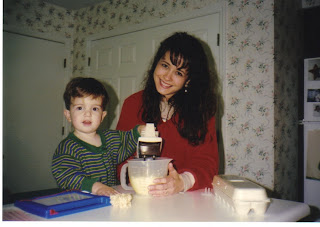I am reading Boys Adrift by Leonard Sax. It is an alternately thought-provoking and scary look at boys in today's society. Dr. Sax finds five factors that are resulting in unmotivated, underachieving boys and men. Teaching methods are one area Dr. Sax says (and he is research supported) is tilted in favor of most girls. He cites the facts that most boys need to move, need a connection with the outdoors, and need outside the classroom learning (that knowing as in "knowledge", and knowing as in "experiencing" are equally important). Typical classrooms do not address these needs. Sax also states that the newer, more rigorous Kindergarten curriculums favor girls because at the age of five the language area of the brain that governs reading and writing is 1 1/2 years ahead developmentally in girls. The boys "catch up" around age 14. Montessori education does a good job of mitigating these issues. We allow movement, choice, outdoor time and outdoor experiential education. My own school has an outdoor garden available to children all day (shown in the above photo). We Montessorians treat children as individuals, offering materials at the time (hopefully) when the child is ready to receive the information, as opposed to teaching concepts to a group when outside forces have decided the time is right. We are not without our issues in Montessori. I think sometimes we measure our success too much by how quiet the room is, or by how slowly and carefully the children are moving. However, we do a terrific job of meeting the child wherever he or she is in the individual path of academic and social enlightenment. All educators and parents need to take a look at this book and consider the implications; for society, for all boys, and for our own sons.
 http://leonardsax.com/
http://leonardsax.com/

















































